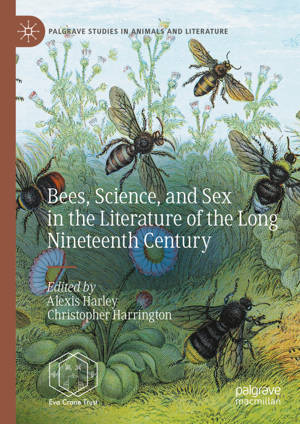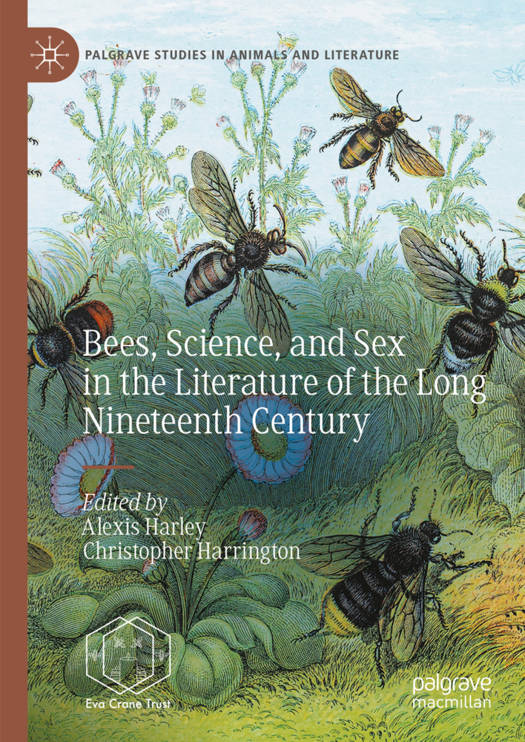
- Retrait gratuit dans votre magasin Club
- 7.000.000 titres dans notre catalogue
- Payer en toute sécurité
- Toujours un magasin près de chez vous
- Retrait gratuit dans votre magasin Club
- 7.000.0000 titres dans notre catalogue
- Payer en toute sécurité
- Toujours un magasin près de chez vous
Bees, Science, and Sex in the Literature of the Long Nineteenth Century
147,95 €
+ 295 points
Description
The long nineteenth century (1789-1914) has been described as an axial age in the history of both bees and literature. It was the period in which the ecological and agronomic values that are still attributed to bees by modern industrial society were first established, and it was the period in which one bee species (the European honeybee) completed its dispersal to every habitable continent on Earth. At the same time, literature - which would enable, represent and in some cases repress or disavow this radical transformation of bees' fortunes -- was undergoing its own set of transformations. Bees, Science, and Sex in the Literature of the Long Nineteenth Century navigates the various developments that occurred in the scientific study of bees and in beekeeping during this period of remarkable change, focusing on the bees themselves, those with whom they lived, and how old and new ideas about bees found expression in an ever-diversifying range of literary media. Ranging across literary forms and genres, the studies in this volume show the ubiquity of bees in nineteenth-century culture, demonstrate the queer specificity of writing about and with bees, and foreground new avenues for research into an animal profoundly implicated in the political, economic, ecological, emotional and aesthetic conditions of the modern world.
Spécifications
Parties prenantes
- Editeur:
Contenu
- Nombre de pages :
- 230
- Langue:
- Anglais
- Collection :
Caractéristiques
- EAN:
- 9783031395697
- Date de parution :
- 08-11-23
- Format:
- Livre relié
- Format numérique:
- Genaaid
- Dimensions :
- 148 mm x 210 mm
- Poids :
- 444 g

Les avis
Nous publions uniquement les avis qui respectent les conditions requises. Consultez nos conditions pour les avis.





